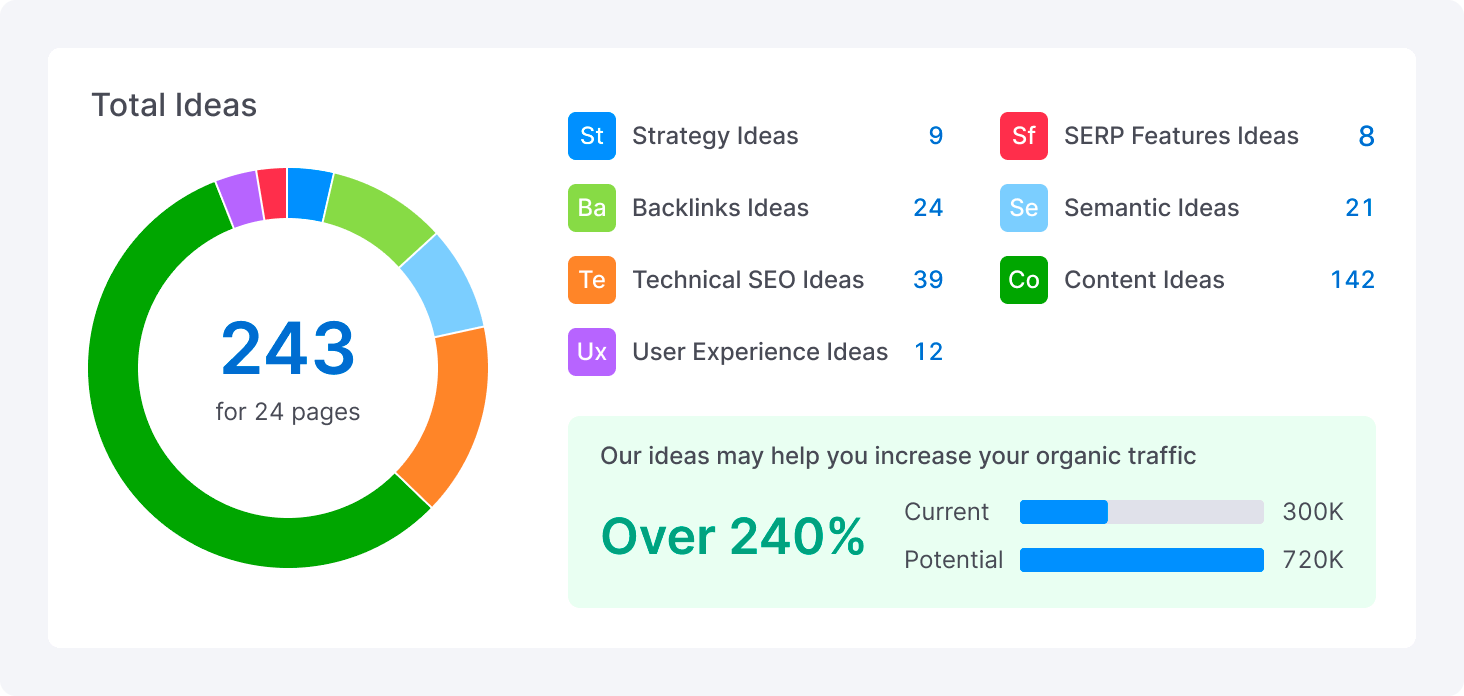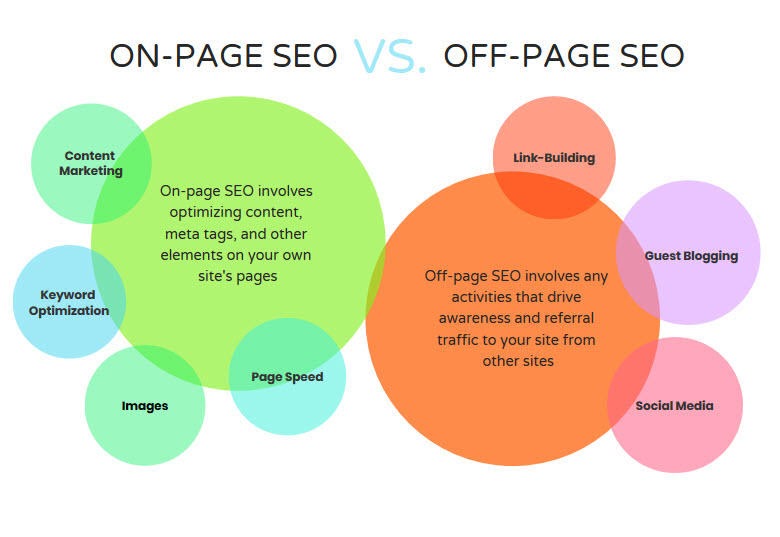ON-Page SEO
On-page SEO (also known as on-site SEO) refers to the practice of optimizing webpages to improve a website’s search engine rankings and earn organic traffic. In addition to publishing relevant, high-quality content, on-page SEO includes optimizing your headlines, HTML tags (title, meta, and header), and images. It also means making sure your website has a high level of expertise, authoritativeness, and trustworthiness.

Picture on-page SEO as the friendly guide helping your website communicate with Google. It’s like dropping hints about what your content is all about, but in a language Google understands – keywords. That said: There’s more to on-page SEO than cramming keywords into your page’s HTML. It’s about rolling out the welcome mat for your visitors. A well-optimized page ensures they find what they’re looking for without the online equivalent of a wild goose chase.
Non-keyword-Related On-Site SEO

1. Page load speed

4. Mobile friendliness

2. Use of Schema.org structured data or other markup

5. Page metadata

3. Page URL structure

6. Content
10 Essential On-Page SEO Factors

- 1. E-A-T
- 2. Keywords
- 3. SEO Writing
- 4. Visual Assets
- 5. Title Tags
- 6. Meta Description
- 7. Image Optimization
- 8. Geotagging (For Local Search)
- 9. Site Speed
- 10. Responsive Design
On-Page SEO Is An Ongoing Process
At the end of the day, search engine optimization boils down to one thing: Finding the best way to provide valuable information to searchers, and ensuring your website is at the top of SERPs.
Your goal is to provide richer experiences to users, while simultaneously demonstrating your value to search engines. Luckily, these two go hand-in-hand. And they start with on-page optimization.
Start with what you can control, carefully evaluating your current site for weaknesses and opportunities for growth.

Get all your on-site ducks in a row and you’ll start to see results – including an organic improvement in off-site factors. Just remember, SEO, like Tetris, is never done. But keep reading and keep working, and you’ll get the results you deserve.
